Share the post "Texas Deer Season: Timing is Everything"
Charles Dickens once said: “There is a passion for hunting something deeply implanted in the human breast.” It seems that Texans have had hunting in their blood for as long as they can remember. The state is known for being the best destination to hunt whitetail deer. But when does deer season start in Texas?
The deer season in Texas starts in October and remains restricted to archers only for about a month. Hunting rifles begin to join the hunt in November and last until the following January 16. You can use muzzleloader shotguns only from January 3 to January 13.
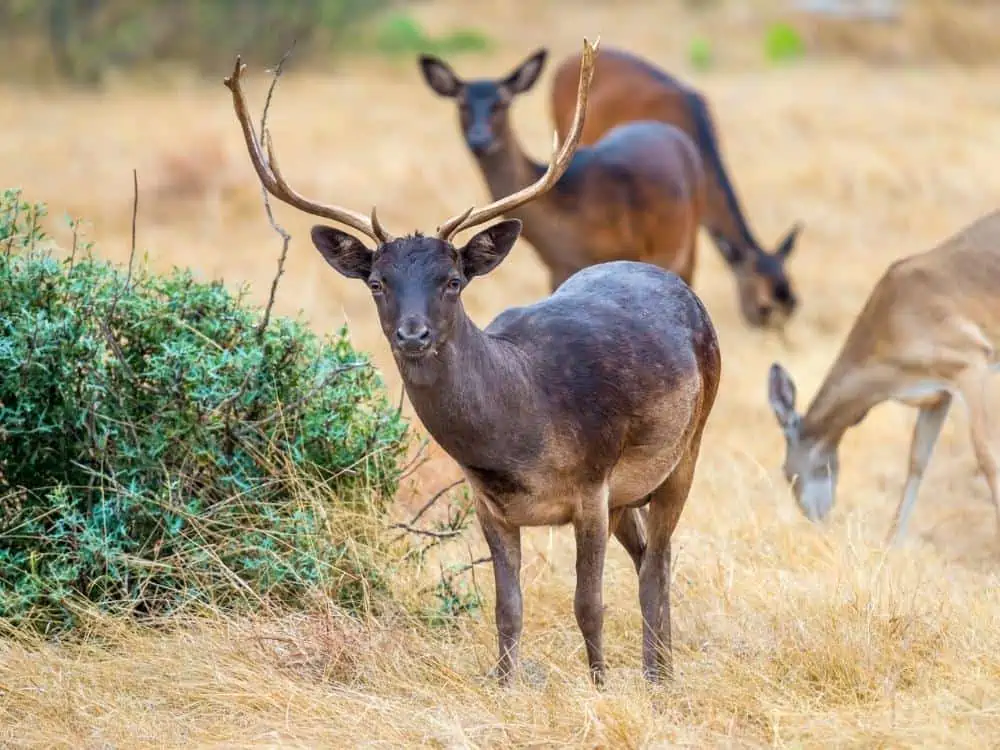
When Does Deer Season Start in Texas?
The general deer hunting season in Texas begins from November 5th until January 16th of the following year. The archery-only season usually begins a month earlier than the general hunting season.
Deer aren’t the only animals that Texans hunt. They also hunt Wild Turkeys and ponghorns, both in their respective seasons. As for the deer themselves, there are two types of deer that Texans can hunt in the state:
- The Whitetail deer
- The Mule deer
The hunting seasons for both types of deer usually overlap. Still, it’s worth knowing a bit more about both types and when exactly their hunting season is.
Hunting seasons for other game animals in Texas
| Game Animal | Season Start | Season End | Notes |
|---|---|---|---|
| White-Tailed Deer | Early Oct (archery) | Late Jan | Dates vary by county and hunting method |
| Mule Deer | Late Nov | Early Dec | Varies by county and hunting method |
| Pronghorn Antelope | Late Sept | Early Oct | By permit only, dates vary by area |
| Turkey (Fall) | Early Oct | Mid Jan | Varies by county, archery only in some areas |
| Turkey (Spring) | Early Apr | Late May | Varies by county |
| Dove | Early Sept | Late Oct / Mid Dec | Split into zones with varying dates |
| Quail | Late Oct | Late Feb | Statewide season |
| Pheasant | Early Dec | Early Jan | Primarily in the Panhandle region |
| Squirrel | Late May / Early Oct | Late Feb / Late Jan | East Texas has a split season, varies by county |
| Rabbit and Hare | Open Year-Round | Open Year-Round | No closed season |
| Alligator | Early Sept | Late Sept | Core counties only, by permit |
| Hogs (Feral) | Open Year-Round | Open Year-Round | No closed season, but regulations can vary |
Whitetail Deer
Whitetail deer are the smallest North American species. The adult males (bucks) weigh an average of 150 pounds, while the females (does) weigh around 100 pounds.
Whitetail deers have a brown coat in summer that fades to a grayish-brown in winter. The males have antlers that are easily distinguishable from a distance. However, no two deers have the same antlers. They may look similar and have the same size, but the points will differ.
Here’s the detailed hunting season of Whitetail deer in Texas:
| Season | Dates | Zones |
| General | November 6 – January 2 | North |
| General | November 6 – January 16 | South |
| Special late | January 3 – January 16 | North |
| Special late | January 17 – January 30 | South |
| Archery-Only | October 2 – November 5 | 252 out of 254 counties |
| Muzzleloader shotgun | January 3 – January 16 | 90 out of 254 counties |
You may check the government’s official website to know which counties are included in the Whitetail deer archery-only seasons.
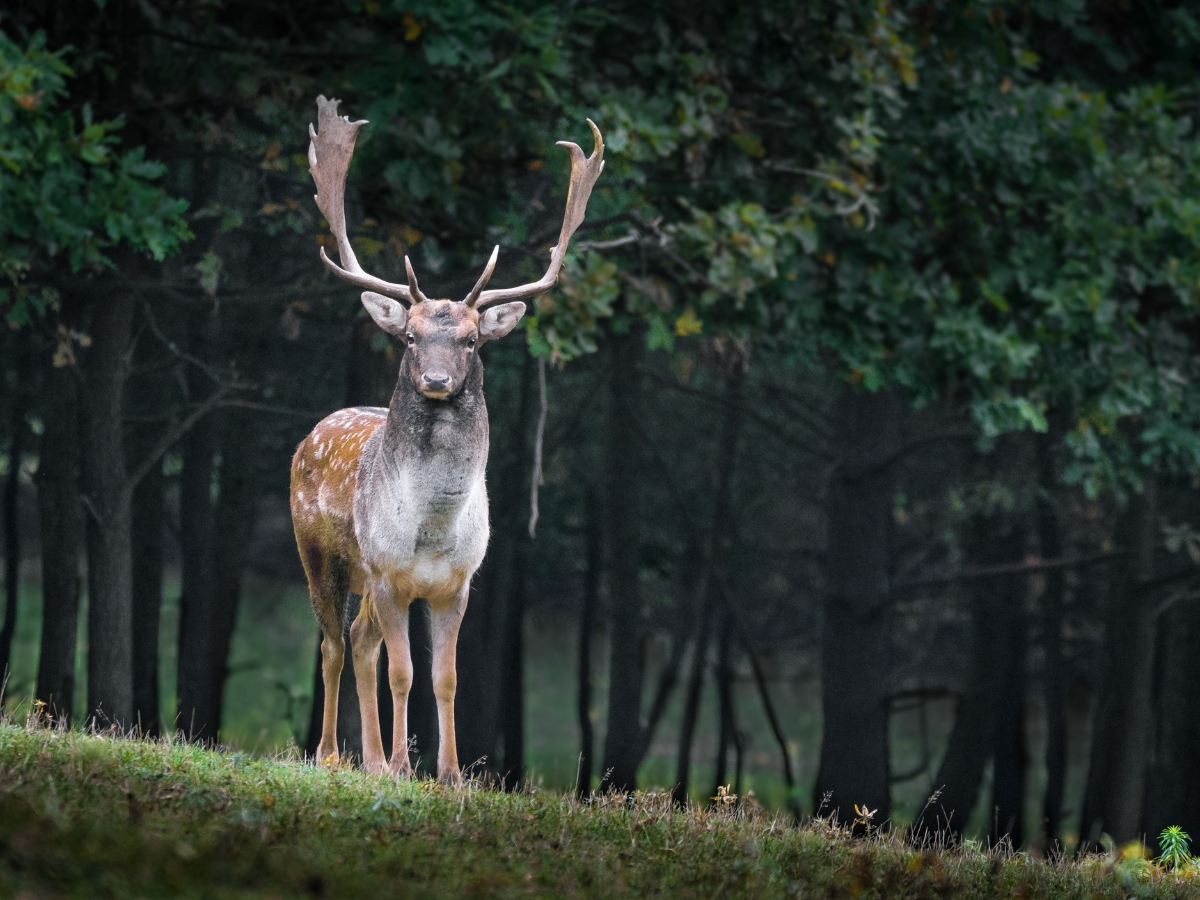
Mule Deer
From a distance, it’s quite difficult to differentiate between Whitetail deer and Mule deer due to their similar coloration. Mules are slightly larger and heavier than Whitetail deers.
The Mule deer buck weighs between 120–330 pounds, while the does weigh between 90–200 pounds. That’s likely not enough to tell them apart, but the weight difference is obvious in their body structure.
Like the Whitetails, here’s the detailed hunting season of Mule Deers:
| Season | Dates | Zones |
| General | November 20 – December 5 | Panhandle |
| General | November 20 – November 28 | SW Panhandle |
| General | November 26 – December 12 | Pecos |
| Archery-Only | October 2 – November 5 | 59 out of 254 counties |
How to Identify Whitetail Deer
To identify the Whitetail deer, look for the reddish-brown or tan coating and the tail with a white underside. When a whitetail deer is on high alert, it raises its white tail to alert other deer. The raised tail resembles a raised white flag.
Keep in mind that it’s difficult to differentiate between adults and fawns (young deer) from a distance—especially if your eyes haven’t seen many deer before. Here’s how to identify adult whitetail deer from their fawns:
Adults:
- They have larger bodies that look like a rectangle from a distance
- The necks are clearly long and well-structured
- The size of the head is proportionate to the bodies
- Bucks have large antlers (large branched horns) on their heads
Fawns:
- They have small bodies that look square-shaped
- The necks are considerably small
- The head size looks a bit too large for the body
- Both males and females have no antlers
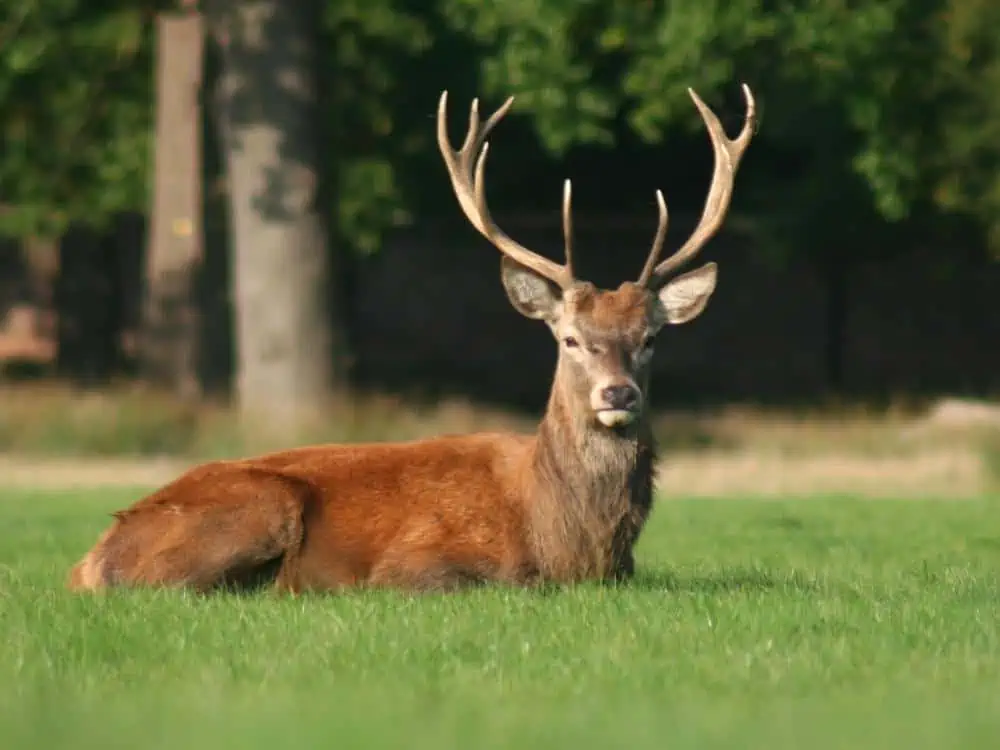
How to Identify Mule Deer
Whitetail deer and Mule deer often get mixed up because of how similar they look. They both have a similar reddish-brown coating. Your best bet would be to notice the Mules’ cream-colored tail with a black tip.
Additionally, if you have seen enough deer, you should be able to spot the considerably larger ears that Mule deer have. To the trained eye, those ears should be an easy identifying feature to distinguish between them and the whitetail deer.
Remember that those features are much easier to identify at closer distances. The problem is that the closer you get, the more likely the deer will detect your presence. Deers generally have excellent hearing; the Mule deer, in particular, can hear even better with those large ears.
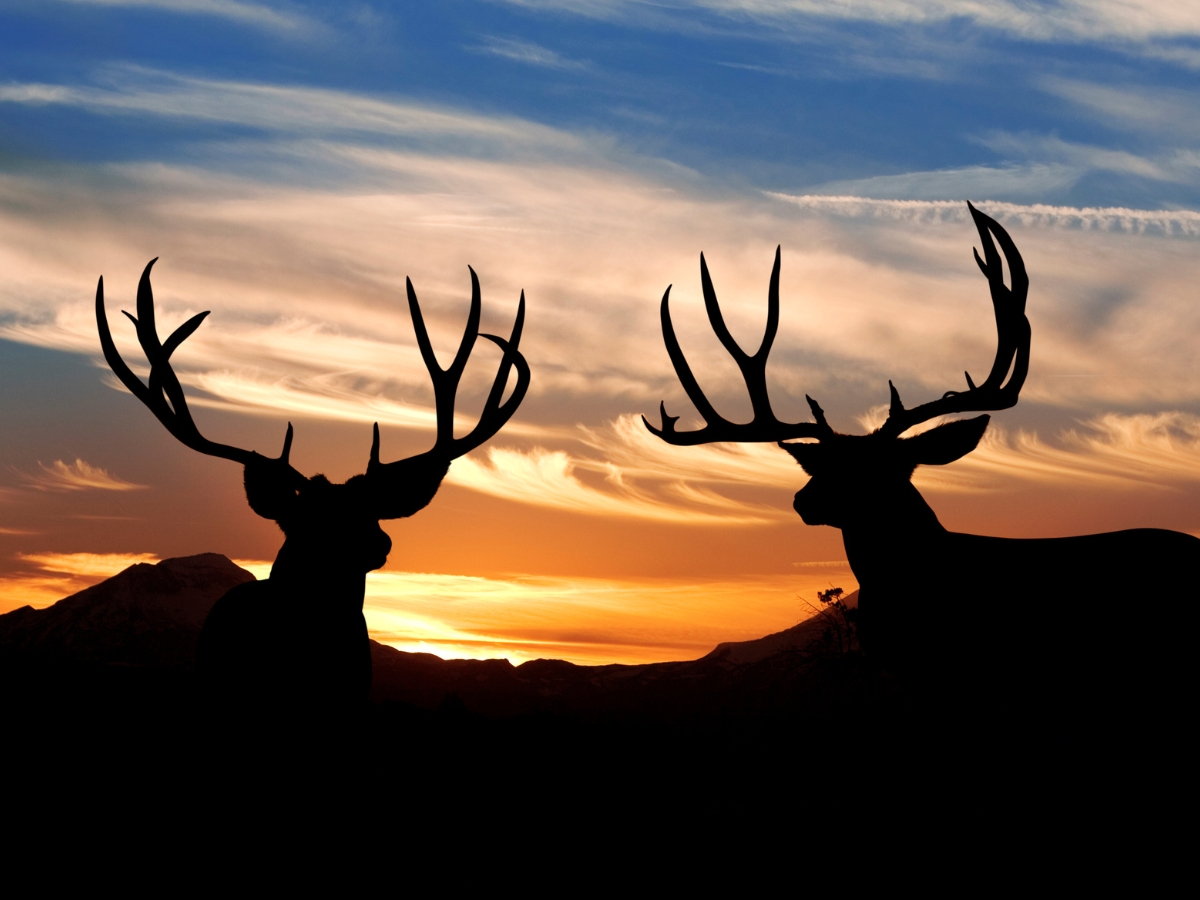
Tips for Deer Hunting in Texas
Deer hunting in Texas is a popular activity, offering a range of opportunities given the state’s diverse terrain and large deer population. Here are some tips for deer hunting in Texas:
1. Understand Texas Hunting Regulations:
- Licenses: Ensure you have the appropriate hunting license. Texas requires hunters to have a valid hunting license, and for deer, often a tag or permit.
- Season Dates: Be aware of the specific deer season dates, which vary by county and type of deer (white-tailed or mule deer).
- Legal Hunting Hours: Familiarize yourself with the legal hunting hours which are
usually from 30 minutes before sunrise to 30 minutes after sunset.
2. Choose the Right Location:
- Region Selection: Texas offers diverse habitats ranging from the brush country of South Texas, the hill country in central Texas, to the Pineywoods in East Texas. Each region has different types of deer and terrain.
- Private vs. Public Land: Consider hunting on private ranches or public hunting lands. Texas has a limited amount of public land available for hunting, so researching and obtaining permission for private land hunting is common.
3. Gear and Equipment:
- Rifle and Ammunition: Choose a rifle and ammunition suitable for deer hunting. Common calibers include .243, .270, .308, and 30-06.
- Camouflage and Clothing: Wear appropriate camouflage to blend into the environment. Also, dress for the weather, which can be highly variable.
- Other Essentials: Bring binoculars, a hunting knife, a rangefinder, a compass or GPS, and a first aid kit.
4. Scouting and Tracking:
- Pre-Season Scouting: Spend time scouting your hunting area before the season starts to identify deer patterns and trails.
- Signs of Deer: Look for signs like tracks, droppings, rubs on trees, and scrapes on the ground.
- Use of Trail Cameras: Trail cameras can be a valuable tool to monitor deer activity and movement patterns.
5. Hunting Techniques:
- Still Hunting: Move slowly and quietly through the hunting area, stopping frequently to watch and listen.
- Blind Hunting: Use a hunting blind to stay concealed. Blinds can be permanent structures or temporary pop-ups.
- Stalk Hunting: This involves following a deer quietly, often used in more open country.
6. Safety and Ethics:
- Identify Your Target: Always be sure of your target and what’s beyond it before shooting.
- Respect the Land: Leave no trace, respect private property, and follow all local laws and regulations.
- Ethical Hunting Practices: Aim for a clean, humane shot to avoid unnecessary suffering of the animal.
7. After the Hunt:
- Field Dressing: Learn how to properly field dress a deer to preserve the meat.
- Meat Processing: Decide if you’ll process the meat yourself or take it to a professional processor.
- Reporting Harvest: Some areas may require you to report your deer harvest, so check local regulations.
8. Local Knowledge and Community:
- Connect with Local Hunters: Join local hunting clubs or online forums to gain insights specific to your area.
- Hire a Guide: If new to the area or hunting, consider hiring a local guide for expert advice and assistance.
Remember, every hunting trip is an opportunity to enjoy the outdoors and learn more about wildlife and nature conservation. Always hunt responsibly and ethically.
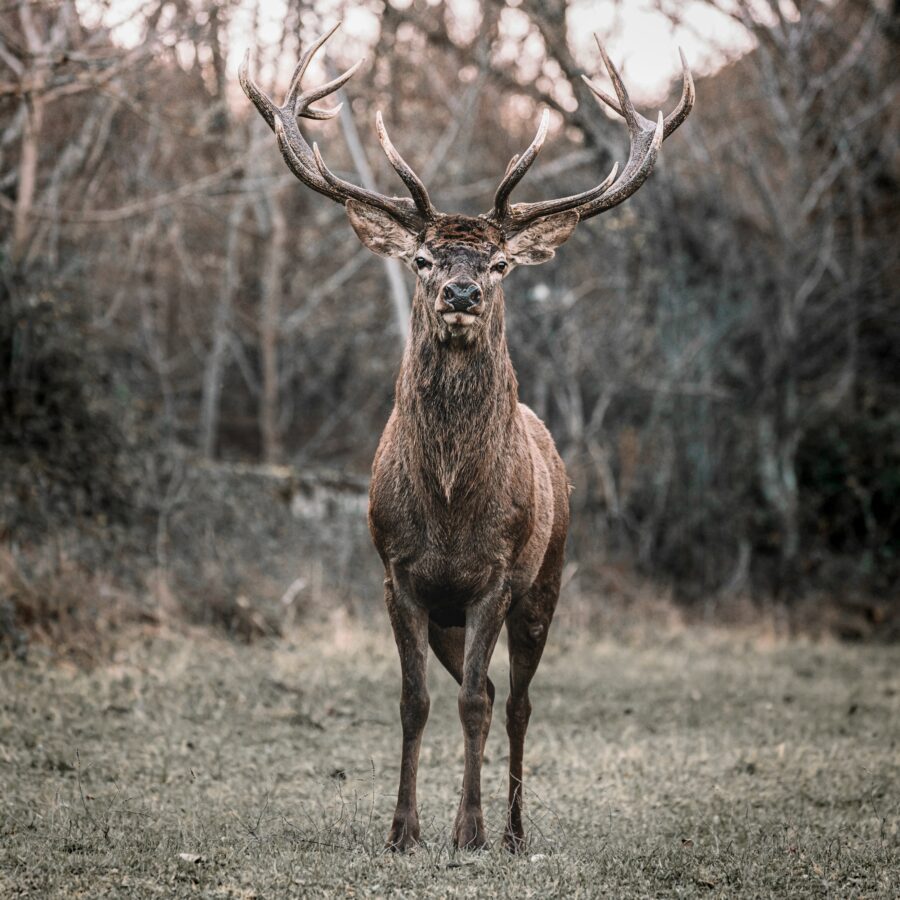
Popular hunting locations in Texas
Texas, known for its diverse landscapes and abundant wildlife, offers numerous popular hunting locations. These locations range from private ranches to expansive public lands, catering to hunters looking for various game animals. Here are some of the most renowned hunting areas in Texas:
- South Texas Brush Country: Famous for white-tailed deer hunting, this region is characterized by its thick brush and is considered one of the premier deer hunting areas in the United States.
- Hill Country: Encompassing central Texas, this area is another hotspot for white-tailed deer. The terrain varies from rolling hills to rocky outcrops, providing an exciting hunting experience.
- Panhandle Plains: Known for its pheasant and quail hunting, the Panhandle offers vast open spaces ideal for bird hunting. It’s also home to mule deer and pronghorn antelope.
- East Texas Pineywoods: This region offers excellent hunting for squirrels, rabbits, and white-tailed deer in its densely forested landscape. Its proximity to several large lakes and wetlands makes it a popular destination for waterfowl hunting.
- West Texas: This area provides unique hunting opportunities for mule deer, pronghorn antelope, and even the elusive aoudad sheep. The rugged terrain here offers a challenging and rewarding experience for hunters.
- Coastal Prairies and Marshes: A prime spot for waterfowl hunting, this region’s wetlands attract many ducks and geese during migration seasons.
- Rio Grande Valley: Known for its dove hunting, the Valley also offers opportunities for hunting white-tailed deer and various small game species.
- Trans-Pecos Region: This region is unique for its Javelina hunting opportunities, mule deer and pronghorn.
- Public Hunting Lands: The Texas Parks and Wildlife Department offers hunting opportunities on over a million acres of public hunting lands, including wildlife management areas and state parks. These areas provide access to various game species, including deer, turkey, hogs, and waterfowl.
Remember, each area may have specific regulations and seasons, so it’s important to check the latest Texas Parks and Wildlife Department rules and obtain the necessary permits and licenses before planning your hunting trip.
Additionally, many private ranches offer guided hunts, which can provide an enhanced hunting experience, especially for those unfamiliar with the region or specific game species.
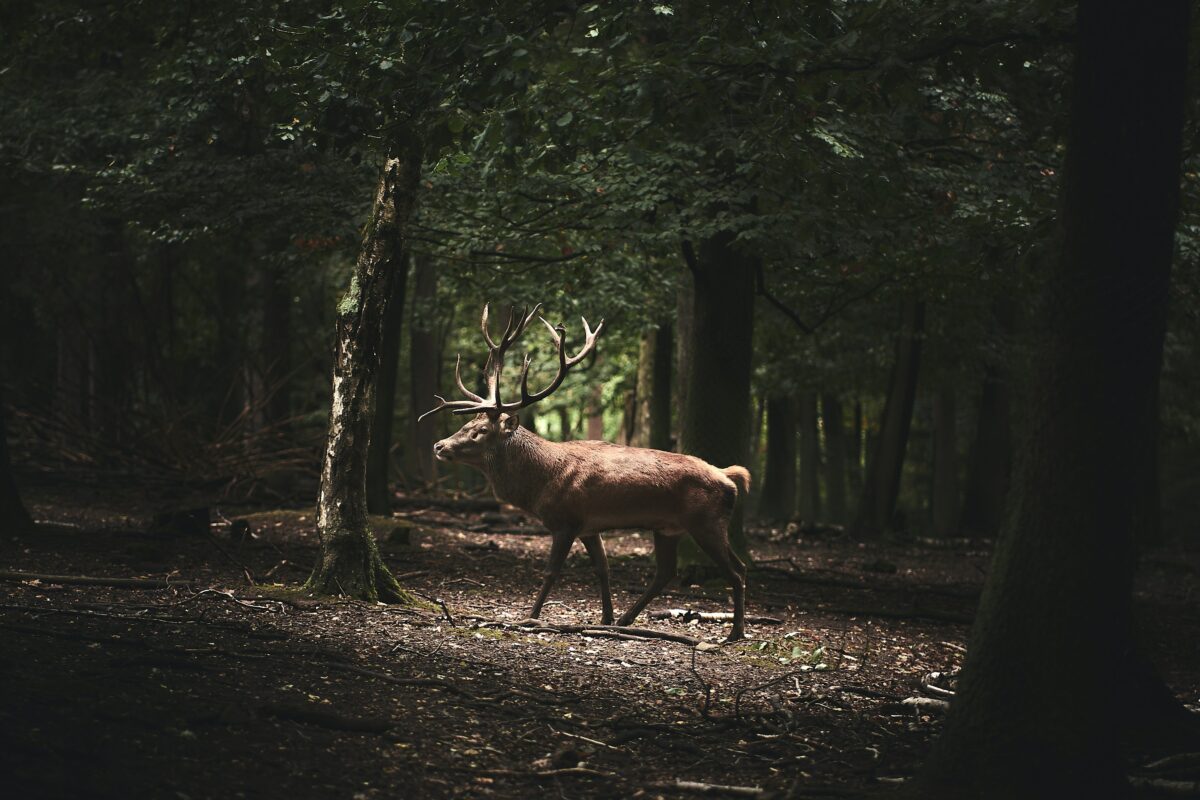
Hunting Regulations and Permits in Texas
Hunting regulations and permits in Texas are managed by the Texas Parks and Wildlife Department (TPWD). It’s crucial to be familiar with these regulations to ensure a legal and ethical hunting experience. Here’s an overview:
Hunting Licenses and Permits:
- General Hunting License: Required for any hunting of game animals. There are resident and non-resident licenses available.
- Special Permits: Certain game animals like deer, turkey, and waterfowl may require additional permits or tags.
- Youth Hunting License: Available for hunters under 17 years of age, offering a reduced fee.
- Senior Licenses: Reduced fee licenses for residents aged 65 and older.
- Combination Licenses: These licenses combine hunting and fishing privileges and are often more cost-effective.
Hunting Seasons:
- Texas has specific seasons for different game animals, including white-tailed deer, mule deer, turkey, waterfowl, and others.
- These seasons are further divided based on methods of take (archery, muzzleloader, general gun) and sometimes by sex of the game animal.
Bag Limits and Restrictions:
- Bag limits are established for each species and can vary by county.
- Antler restrictions are in place in some counties, particularly for white-tailed deer, to promote healthy herd management.
Hunter Education:
- Hunters born on or after September 2, 1971, must complete a hunter education training course.
- The course can be taken in person or online and covers topics like wildlife conservation, ethics, firearm safety, and hunting regulations.
Legal Hunting Hours:
- Legal hunting hours are generally from 30 minutes before sunrise to 30 minutes after sunset. However, this can vary for certain game like migratory birds.
Special Regulations:
- Public Hunting Lands: Special permits are required for hunting on public lands, which can be obtained through the TPWD’s Public Hunt Drawing System.
- Chronic Wasting Disease (CWD) Regulations: Additional testing and carcass movement restrictions may exist in areas where CWD is present.
- Hunter Orange Requirement: In some cases, hunters and their companions must wear hunter orange for visibility and safety.
Reporting and Check Stations:
- Some game animals must be reported or checked at designated check stations, especially in CWD zones.
License Purchase:
- Hunting licenses can be purchased online through the Texas Parks and Wildlife Department’s website, at various retail outlets, or by phone.
Wildlife Management Areas (WMAs):
- WMAs offer additional hunting opportunities but may have specific rules, permit requirements, and quotas.
Important Note:
- These regulations are subject to change. It’s essential to check the latest Texas Parks and Wildlife Department regulations before planning your hunt.
Staying informed and compliant with these regulations helps conserve wildlife resources and ensures a responsible hunting culture in Texas.
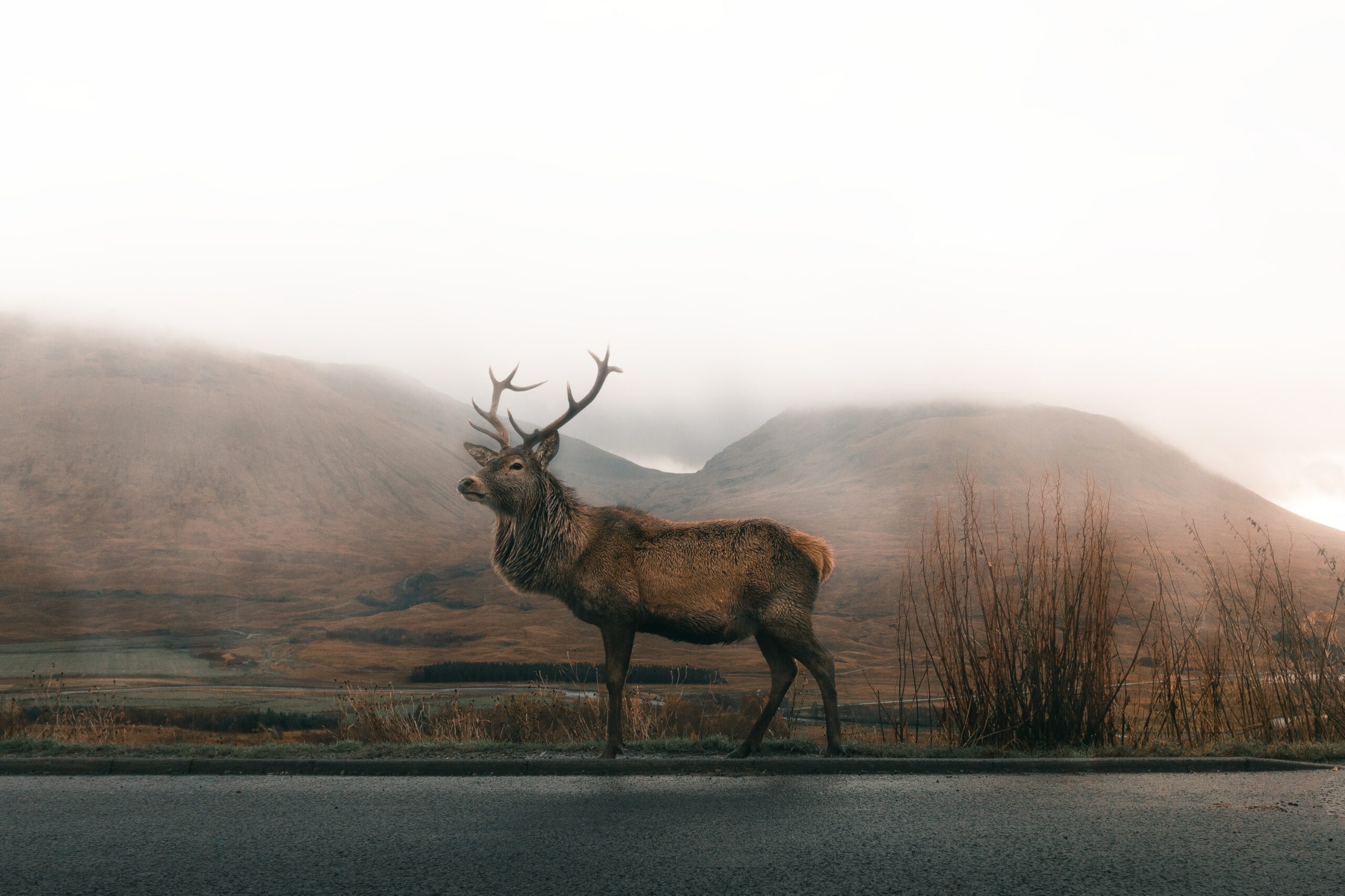
Deer Season in Texas FAQs
Can I carry a handgun while hunting in Texas?
Carrying concealed firearms and handguns during hunting is prohibited by the State. You may get special permission to carry a gun, but it’s not to be used for hunting purposes, regardless of the species you use it on. The only exception is self-defense cases.
What happens if you shoot a deer and can’t find it?
If you can’t find the deer, return to where it was standing when you first shot it. You’ll find a footprint and blood trails that should lead you to the deer. Please do your best to find that deer because letting it go with an injury will cause it to suffer a lot. You can call for help if you need it.
Do deer always leave a blood trail?
Sometimes, you must rely only on your senses and the foot trails, as the deer won’t always leave a blood trail. Take your time to study the ground around you; the blood trail could be too thin for a glance to notice it.
How far must you be from a house to hunt in Texas?
According to the rules and regulations, you should be at least 600 feet away from the nearest private property.
References:
Share the post "Texas Deer Season: Timing is Everything"
Christian Linden is a seasoned writer and contributor at Texas View, specializing in topics that resonate with the Texan community. With over a decade of experience in journalism, Christian brings a wealth of knowledge in local politics, culture, and lifestyle. He holds a Bachelor's degree in Communications from the University of Texas. When he's not writing, Christian enjoys spending weekends traveling across Texas with his family, exploring everything from bustling cities to serene landscapes.











